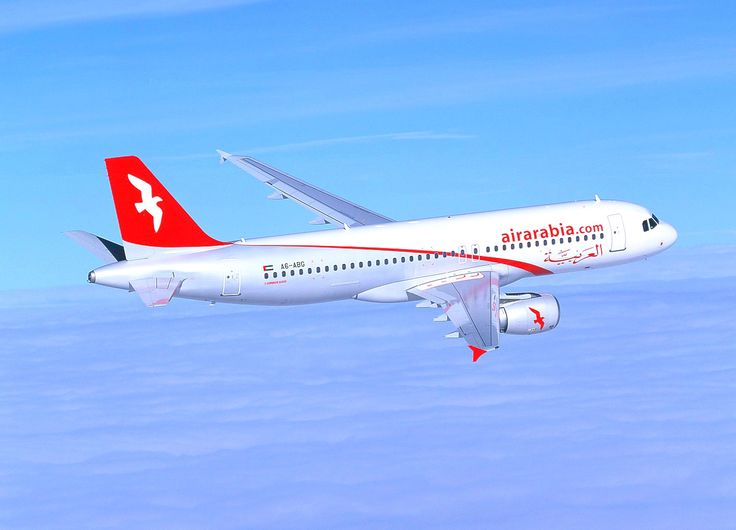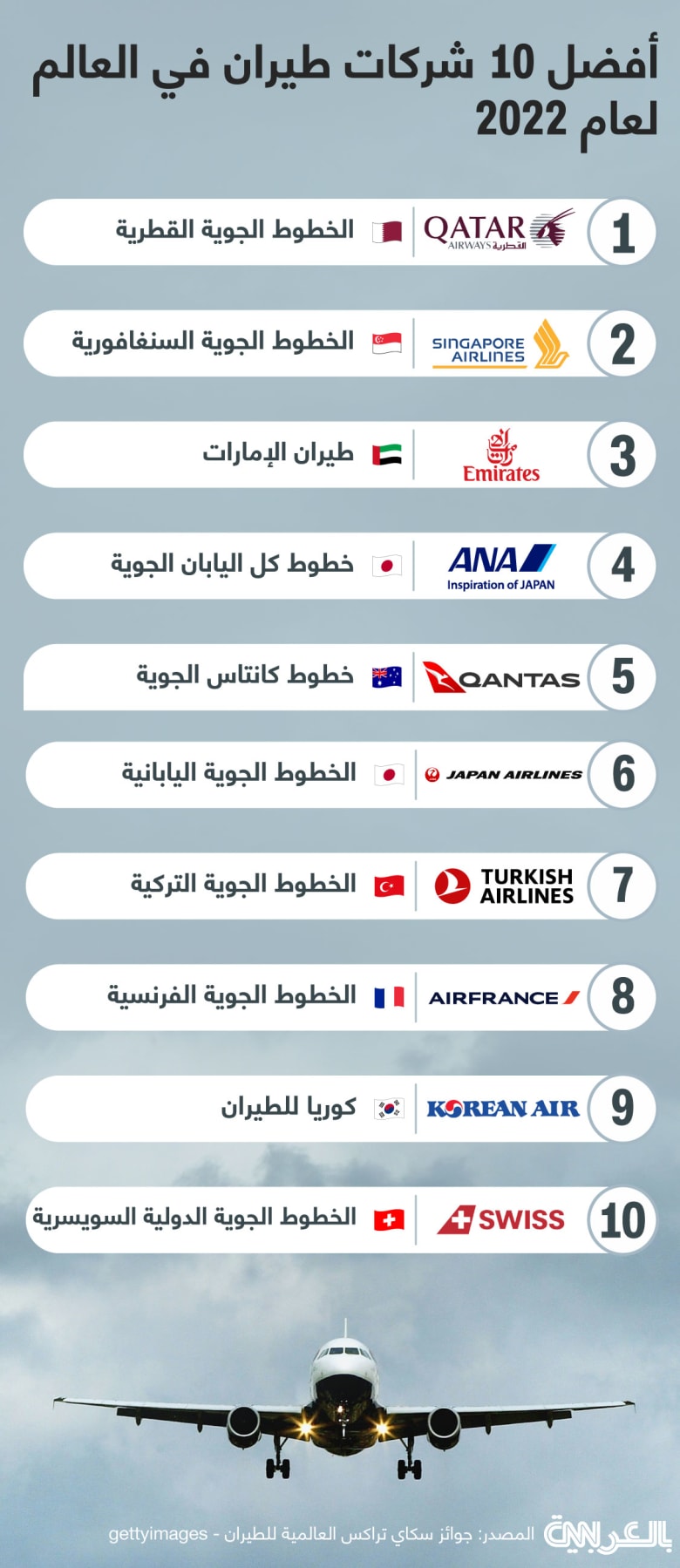The China Factor: Why Premium Automakers Face Headwinds In The World's Largest Car Market

Table of Contents
Intense Domestic Competition
The Chinese auto market is experiencing a surge in domestic brands, posing a significant challenge to established premium automakers. This intense competition is fueled by two primary factors: the rapid rise of technologically advanced domestic brands and the supportive policies of the Chinese government.
Rise of Domestic Brands
Chinese automakers are no longer simply producing budget-friendly vehicles. Brands like BYD, NIO, and XPeng are rapidly innovating, offering compelling alternatives to traditional premium brands. Their success stems from several key strategies:
- Technological Advancements: These domestic brands are leading the charge in electric vehicle (EV) technology, autonomous driving features, and advanced driver-assistance systems (ADAS). For instance, BYD's Blade Battery technology offers superior range and safety, while NIO's battery swap technology addresses range anxiety concerns.
- Competitive Pricing: Domestic brands often offer similar features and performance at a lower price point compared to their international counterparts, making them highly attractive to price-conscious Chinese consumers. A direct comparison between a similarly equipped Tesla Model Y and a NIO ES6 illustrates this competitive pricing dynamic.
- Targeted Marketing: Chinese brands understand the local market, tailoring their marketing and design to resonate with specific consumer segments.
Government Support for Domestic Brands
The Chinese government actively supports its domestic auto industry through various initiatives, creating a favorable environment for local brands and a tougher one for international players. These supportive measures include:
- Subsidies and Tax Breaks: Significant government subsidies and tax breaks are offered to manufacturers of electric and new energy vehicles (NEVs), incentivizing consumers to buy domestic brands.
- Infrastructure Development: The government is investing heavily in charging infrastructure and supportive policies for EVs, further bolstering the market share of domestic EV manufacturers.
- Protectionist Policies: While less overt, certain policies can indirectly favor domestic brands, creating an uneven playing field for international competitors.
Unique Consumer Preferences and Expectations
Understanding the unique preferences and expectations of Chinese consumers is paramount for success in the premium auto market. This understanding necessitates a nuanced approach that considers both brand perception and technological demands.
Brand Perception and Image
Building a strong brand image in China requires more than simply translating marketing materials. A deep understanding of cultural nuances and consumer preferences is essential. Effective strategies include:
- Localized Marketing Campaigns: Marketing campaigns should be tailored to resonate with Chinese cultural values and consumer behavior. This includes using appropriate language, imagery, and celebrity endorsements.
- Building Trust and Relationships: Cultivating strong relationships with key influencers, media outlets, and consumer groups is crucial for building trust and overcoming any preconceived notions about foreign brands.
- Emphasis on Social Responsibility: Demonstrating a commitment to social responsibility and environmental sustainability can resonate strongly with increasingly socially conscious Chinese consumers.
Technological Advancements and Features
Chinese consumers are tech-savvy and demand advanced features in their vehicles. Meeting these expectations requires a commitment to technological innovation:
- Connected Car Technology: Connectivity features, including seamless smartphone integration and advanced infotainment systems, are highly valued.
- Autonomous Driving Features: Features like advanced driver-assistance systems (ADAS) and self-driving capabilities are increasingly sought after.
- Digitalization and Personalization: Consumers expect personalized experiences and digital services integrated into their vehicles.
Economic and Political Factors
The Chinese auto market is not immune to the broader economic and political landscape. Economic fluctuations and government regulations significantly impact the success of premium automakers.
Economic Slowdown and Uncertainty
Economic slowdowns and periods of uncertainty directly impact consumer spending on luxury goods, including premium automobiles. Factors such as:
- Fluctuations in GDP Growth: Economic growth directly correlates to consumer confidence and luxury car purchases. Periods of slower growth lead to decreased demand.
- Government Policies and Regulations: Changes in government policies, such as interest rate adjustments or credit controls, can influence consumer purchasing power.
- Geopolitical Uncertainty: International trade tensions and geopolitical risks can create uncertainty in the market, impacting investment and consumer confidence.
Regulatory Hurdles and Import Tariffs
Navigating the complex regulatory environment in China is crucial. High import tariffs and stringent regulations can significantly increase costs and hinder market entry. These include:
- Import Duties and Taxes: High import tariffs on vehicles can make premium foreign brands less competitive compared to domestically produced vehicles.
- Emission Standards and Regulations: China has increasingly stringent emission standards, requiring automakers to invest in compliant technologies.
- Safety and Quality Regulations: Meeting rigorous safety and quality standards is essential for obtaining market access and maintaining a positive brand reputation.
Conclusion
The China factor presents both significant opportunities and considerable challenges for premium automakers. Success in this dynamic market requires a deep understanding of the competitive landscape, the unique preferences of Chinese consumers, and the ever-shifting economic and political climate. To thrive in the world’s largest car market, premium brands must adapt and embrace localization, technological innovation, and a long-term commitment to this crucial market. Ignoring the complexities of the China auto market is a recipe for failure. Understanding and navigating the "China factor" is critical for long-term success. Start strategizing your approach to the China auto market today.

Featured Posts
-
 Bayern Munich Vs Vf L Bochum Match Preview And Prediction
Apr 25, 2025
Bayern Munich Vs Vf L Bochum Match Preview And Prediction
Apr 25, 2025 -
 Conclave Controversy Convicted Cardinal Seeks Role In Papal Election
Apr 25, 2025
Conclave Controversy Convicted Cardinal Seeks Role In Papal Election
Apr 25, 2025 -
 Ywkryn Pr Rwsy Hmlh Dwnld Trmp Ka Byan
Apr 25, 2025
Ywkryn Pr Rwsy Hmlh Dwnld Trmp Ka Byan
Apr 25, 2025 -
 Sag Aftra Joins Wga Complete Hollywood Production Shutdown
Apr 25, 2025
Sag Aftra Joins Wga Complete Hollywood Production Shutdown
Apr 25, 2025 -
 Canakkale Savasi Ve Sonrasi Dostluk Temali Fotograf Sergisi
Apr 25, 2025
Canakkale Savasi Ve Sonrasi Dostluk Temali Fotograf Sergisi
Apr 25, 2025
Latest Posts
-
 Hjz Rhlat Tyran Alerbyt Ila Kazakhstan Mn Abwzby
Apr 28, 2025
Hjz Rhlat Tyran Alerbyt Ila Kazakhstan Mn Abwzby
Apr 28, 2025 -
 Aktshf Kazakhstan Me Tyran Alerbyt Rhlat Mbashrt Mn Abwzby
Apr 28, 2025
Aktshf Kazakhstan Me Tyran Alerbyt Rhlat Mbashrt Mn Abwzby
Apr 28, 2025 -
 Abwzby Kazakhstan Tyran Alerbyt Ydyf Khtwt Tyran Jdydt
Apr 28, 2025
Abwzby Kazakhstan Tyran Alerbyt Ydyf Khtwt Tyran Jdydt
Apr 28, 2025 -
 Rhlat Tyran Alerbyt Mn Abwzby Ila Kazakhstan Dlyl Shaml
Apr 28, 2025
Rhlat Tyran Alerbyt Mn Abwzby Ila Kazakhstan Dlyl Shaml
Apr 28, 2025 -
 Tyran Alerbyt Abwzby Rhlat Mbashrt Jdydt Ila Kazakhstan
Apr 28, 2025
Tyran Alerbyt Abwzby Rhlat Mbashrt Jdydt Ila Kazakhstan
Apr 28, 2025
